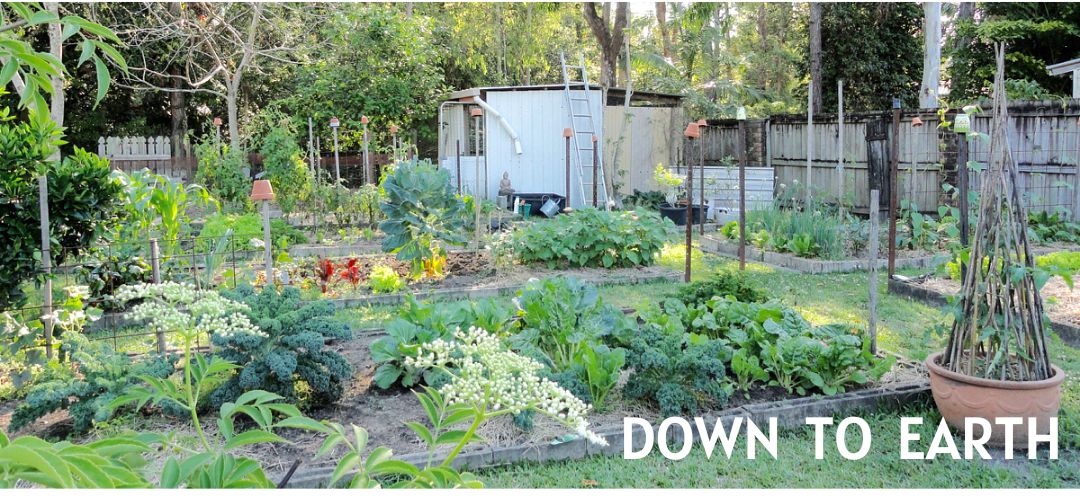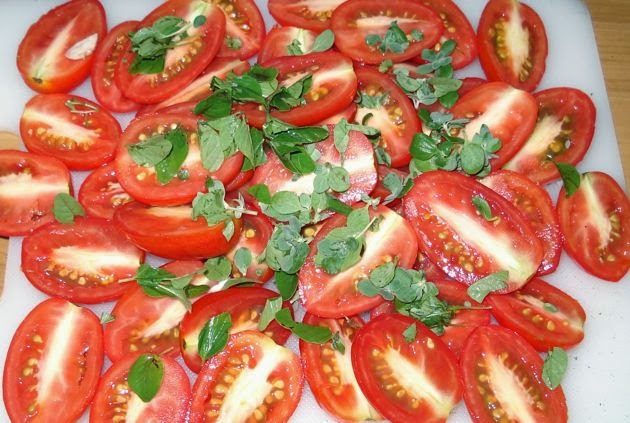Menu planning can help reduce the cost of living for most of us. It encourages you to think about your food choices, it helps create a healthy balance of meals throughout the week, it gives the potential for less food waste and, for most of us, it reduces the amount of money spent on food. I think there are two main ways to plan your menus:
- you plan before you shop
- you plan after you shop
Everything else is dependent on how your household runs. Variations that will impact on what you have to buy include growing food at home, bartering, the amount of time you are able to spend in the kitchen, the number of people in the household, the distance away from the shops, how food is stored in your home, and possibly many other things. So for those reasons, I won't be giving you a list of menus, it is up to you to start working on your menus and shopping lists, dependent on your own circumstances. Basically, you use a calendar-type form containing all the meal times you need meals for. When you decide on a meal you write in down in place then work out if you have everything to make that meal. If you don't, the ingredients you don't have are added to your shopping list. Put aside a couple of hours to set up and prepare your first menus but it won't take that long every week. Keep all your weekly menus because they can be reused when you have enough of them to provide a good rotation.
How to use a menu plan
Menu plan templates
How to use a menu plan
Menu plan templates
I encourage you to use what you have on hand and what you grow yourself before you think about what to buy. If you shop weekly, the produce you already have in the house shouldn't be too old to consistently do this. When you start writing up your menus, this produce should be used on those first couple of days. If you have the time, make as many things at home as you can and if you do that, it will mean you buy more ingredients and less ready-made meals or jars of sauce etc.
If you menu plan before you shop, read through the flyers, know by experience where the best value for money is found and shop in those supermarkets. Make up your menu plan and your shopping list at the same time and try to make a regular time to do that every week. Go through your fridge and pantry and note what you have on hand and what needs to be used first and plan you menus accordingly. If you have food left over from the previous week that should be the first item on your menu, that makes way for the rest of the week which will be based on what you buy that week, what you're growing or bartering, the season and your food preferences. Try to plan double batch cooking into your plan so you cut down on cooking time, and make sure you plan for breakfast, lunch, dinner and snacks. Make up your menus and your shopping list at the same time.
If you menu plan after you shop, some of the above will apply but your main focus will be on shopping for fresh seasonal food, what you can find that you want to cook with, and the rest of your week's groceries, and all for a good price. A problem you might find with this method is that you overbuy and then waste food, so keep that in mind and have a general idea of your week's menu in mind when you buy. Before you shop, check your pantry and stockpile and make sure you stock up ingredients that you're running short of. When you come home with your bounty, sort out what you have, then plan your menus around it. Again, double batch cooking is a time and money saver and make sure you have a plan for every meal and snacks.
Just a quick note on loss leaders: a loss leader is a popular product advertised at a much reduced price. It's a real temptation to go to the store to buy that product. The people who place the advertisement hope you'll buy the loss leader then stay and do all your shopping in their store. Don't be tricked into moving away from your preferred supermarket. If you want to buy the loss leader, make it worth your while and buy as many as you can afford, then leave the store and continue shopping back at your local best supermarket.
Don't forget to mark your special family days, such as birthdays, on your calendar because these will have to be planned for in your menu plan. And if you're cutting down on the amount of meat you eat, maybe you can consider buying organic/free range meat. You might spend the same amount but you'll be eating healthier meat from animals that have lead a decent life.
If you menu plan after you shop, some of the above will apply but your main focus will be on shopping for fresh seasonal food, what you can find that you want to cook with, and the rest of your week's groceries, and all for a good price. A problem you might find with this method is that you overbuy and then waste food, so keep that in mind and have a general idea of your week's menu in mind when you buy. Before you shop, check your pantry and stockpile and make sure you stock up ingredients that you're running short of. When you come home with your bounty, sort out what you have, then plan your menus around it. Again, double batch cooking is a time and money saver and make sure you have a plan for every meal and snacks.
Just a quick note on loss leaders: a loss leader is a popular product advertised at a much reduced price. It's a real temptation to go to the store to buy that product. The people who place the advertisement hope you'll buy the loss leader then stay and do all your shopping in their store. Don't be tricked into moving away from your preferred supermarket. If you want to buy the loss leader, make it worth your while and buy as many as you can afford, then leave the store and continue shopping back at your local best supermarket.
Don't forget to mark your special family days, such as birthdays, on your calendar because these will have to be planned for in your menu plan. And if you're cutting down on the amount of meat you eat, maybe you can consider buying organic/free range meat. You might spend the same amount but you'll be eating healthier meat from animals that have lead a decent life.
If you're a new cook, make sure you start building up your recipes to include favourite meals as well as new meals you think the family will enjoy. Always think of the nutritional value of new meals as well as the time they take to prepare and the cost per meal.
I know quite a few ladies from the US and Canada use coupons to cut down on what they spend but here in Australia coupons are generally only for takeaway food or processed food that's not worth buying. I'd be interested in knowing if you've found coupons for healthy food and groceries.
But this post is about menu plans and I'm mainly interested in reading how you do that. Tell us your meal plan secrets.
If you want to be more prepared this Christmas, Judy has started a Christmas gift, decoration and card list over at the forum. There are lots of good ideas there and plenty of motivation to get started so you can avoid rushing later in the year.
But this post is about menu plans and I'm mainly interested in reading how you do that. Tell us your meal plan secrets.
= = = ♥︎ = = =
If you want to be more prepared this Christmas, Judy has started a Christmas gift, decoration and card list over at the forum. There are lots of good ideas there and plenty of motivation to get started so you can avoid rushing later in the year.






